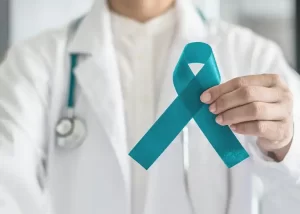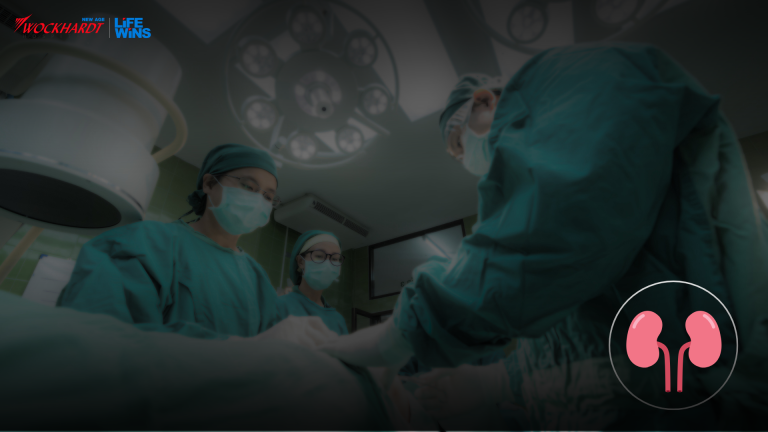
Asymptomatic Breast Cancer: How To Diagnose The Unaware Symptoms Of This Tricky Cancer
There are many women who won’t experience any typical symptoms and they will be known to have asymptomatic breast cancers. In such cases, the disease can metastasize meaning it will spread to other parts of the body and the treatment options become more invasive. Breast cancer is one of the common cancers that the majority of women suffer from. Even though breast cancer cases are rising at a rapid rate in the country, there is a lack of awareness regarding it. Moreover, there are many myths surrounding breast cancer and many women are embarrassed and afraid to speak about it openly. Now you will also be shocked to know that breast cancer may be present without any symptoms. Yes, you have heard us here. It can be called asymptomatic breast cancer. There are many women who will not experience any typical symptoms and they will be known to have asymptomatic breast cancers. In such cases, the disease can metastasize meaning it will spread to other parts of the body. Metastatic breast cancer is detected in the advanced stages where the treatment options are not much. Screening for Breast Cancer Did you know? Timely screening is the need of the hour to help you to detect this cancer early. Thus, women above 30 must speak to the doctor for a clinical breast exam that needs to be done on an early basis. Also, don’t forget to do breast self-examination from the age of 18 years and X-ray mammograms as suggested by the expert from the age of 40 years. Likewise, other tools such as breast ultrasound, MRI breast, CT, and PET scans can help in the detection of malignancies if any in the breast. The treatment will be initiated once the diagnosis is confirmed with a radio-pathological confirmation. When performing a self-examination, the ‘look’ and ‘feel’ are the two most important factors to consider. Any lumps in the breast, changes in contours, dimpling or bulging of the skin, swelling or nipple inversion, and any nipple changes such as position changes should be looked for. Any fluid discharge, especially if blood-tinged, or secretions from the breast should be regarded as a warning sign and should be reported to your healthcare professional immediately. Treatment of Breast Cancer It is based on the type, stage, and location of the tumor. One will be asked to opt for surgery, chemotherapy, radiation, and hormone therapy by the doctor. The doctor will decide what suits you the best. If detected early, one can save the breast and get breast cancer surgery done and have a good healthy, and hearty life. Dr. Aditi AgarwalConsultant Onco surgeon & general surgeonWockhardt Hospitals, Mira Road To book an appointment call: +918108101104 Source: https://www.india.com/health/asymptomatic-breast-cancer-how-to-diagnose-the-unaware-symptoms-of-this-tricky-cancer-5725288/
































